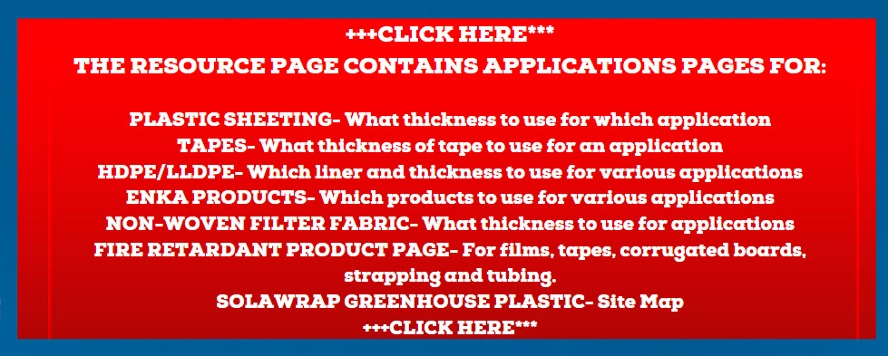Introduction: Navigating the EnkaDrain product range may seem daunting, but fear not—we're here to demystify the differences and help you find the perfect drainage solution for your unique needs. From EnkaDrain 9010 to 3811, each variant is engineered to solve specific problems and cater to diverse applications.
EnkaDrain 9010: Tailored for Low-Slope Roofs
-
EnkaDrain 9010 addresses the drainage needs of flat and low-slope roofs (1-5°). The product is specifically designed to solve the challenge of efficiently managing water on such roofs, ensuring effective drainage without compromising the structural integrity. Its lightweight construction, combined with a perforated core and non-woven geotextile fabric, facilitates gentle water flow while preventing the accumulation of excess moisture.
Applications for EnkaDrain 9010 include:
-
Green Roofs: Ideal for providing drainage in green roof systems, supporting the growth of vegetation on flat or low-slope roofs.
-
Balconies: Ensures proper water drainage on balcony surfaces, preventing water pooling and potential damage.
-
Planters: Suitable for use in planters on rooftops, helping maintain an optimal environment for plant growth by preventing water stagnation.
EnkaDrain 9010's design caters to scenarios where a lightweight drainage solution is essential, making it a reliable choice for various rooftop applications with flat to low-slope configurations
-
EnkaDrain 3611:
EnkaDrain 3611 stands as a robust solution catering to the drainage requirements of low-slope roofs (1-5°) with a focus on areas experiencing heavier rainfall or limited drainage capacity. This mid-range champion combines superior drainage flow with a unique profile featuring built-in channels. This distinctive design accelerates water removal, making it particularly suitable for applications where efficient drainage is crucial.
Applications for EnkaDrain 3611 encompass:
-
Commercial Rooftops: Effectively manages water drainage on low-slope commercial roofs, preventing water accumulation and potential structural issues.
-
Walkways: Ideal for installation on low-slope walkways, ensuring efficient water flow and reducing the risk of surface water-related problems.
-
Areas with Limited Drainage Capacity: Well-suited for locations with heavier rainfall or constraints on drainage capacity, providing an effective solution for water management.
EnkaDrain 3611's specialized features make it a reliable choice for scenarios demanding superior drainage performance on low-slope roofs.
EnkaDrain 3615:
EnkaDrain 3615 is a heavyweight drainage solution designed for steeper slopes (5-20°), excelling in efficiently channeling water downward without the risk of clogging. This high-flow core product is tailored for applications where steep roofs require robust water management capabilities, particularly in the face of heavy rainfall.
Applications for EnkaDrain 3615 include:
-
Sloping Green Roofs: Well-suited for green roofs on steeper slopes, ensuring effective water drainage to maintain a healthy and thriving vegetation cover.
-
Terraces: Ideal for installation on terraces with steeper inclines, preventing water accumulation and potential damage to the structure.
-
Residential Roofs with Steeper Slopes: Suitable for residential roofs with steeper configurations, providing efficient drainage in areas prone to heavy rain.
EnkaDrain 3615's durability and high-flow design make it a reliable choice for scenarios where steep-slope roofs require effective water channeling.
EnkaDrain 3811: The Roof Garden Guardian Problem Solved: Excess moisture damaging roof gardens and structures.
Applications for EnkaDrain 3811 encompass:
-
Multi-Level Roofs: Ideal for roofs with varying slope configurations, providing effective water management across different levels.
-
Landscaped Decks: Suitable for use in decks with mixed slope requirements, preventing water-related issues and ensuring proper drainage.
-
Areas with Diverse Slope Configurations: Well-suited for scenarios where a single drainage solution is needed to accommodate different roof slope variations.
Conclusion: Selecting the right EnkaDrain product is about matching the solution to your specific challenge. Whether safeguarding foundations with EnkaDrain 9010, relieving hydrostatic pressure with 3611, opting for a versatile lightweight alternative with 3615, or protecting rooftop gardens with 3811, EnkaDrain has your drainage needs covered. Choose wisely, and let EnkaDrain be the key to a water-managed, resilient, and structurally sound environment.
Visit the EnkaDrain Product page here






